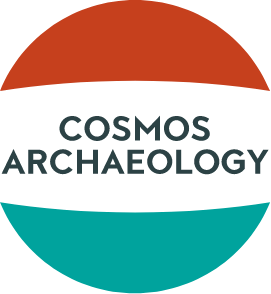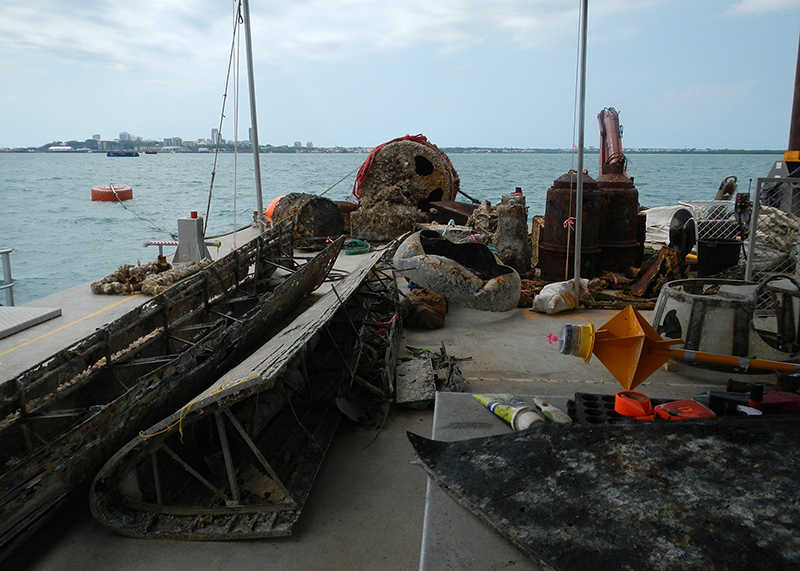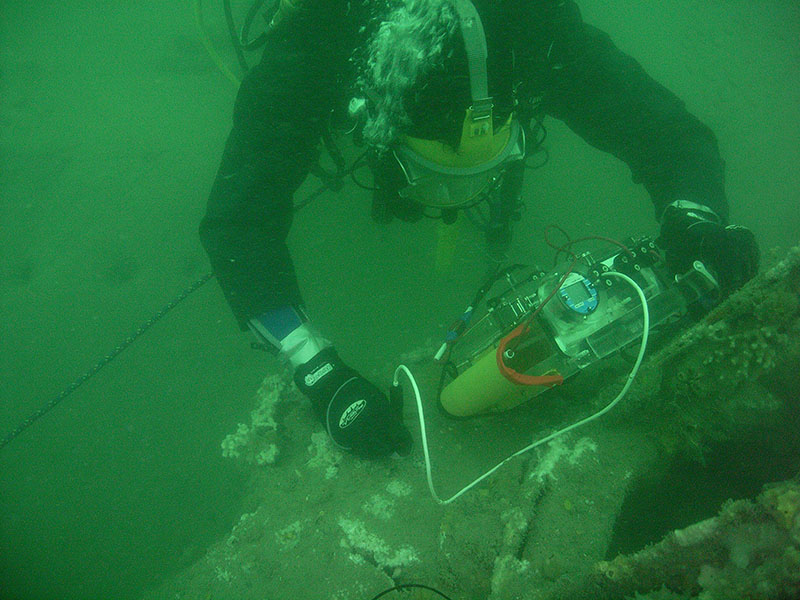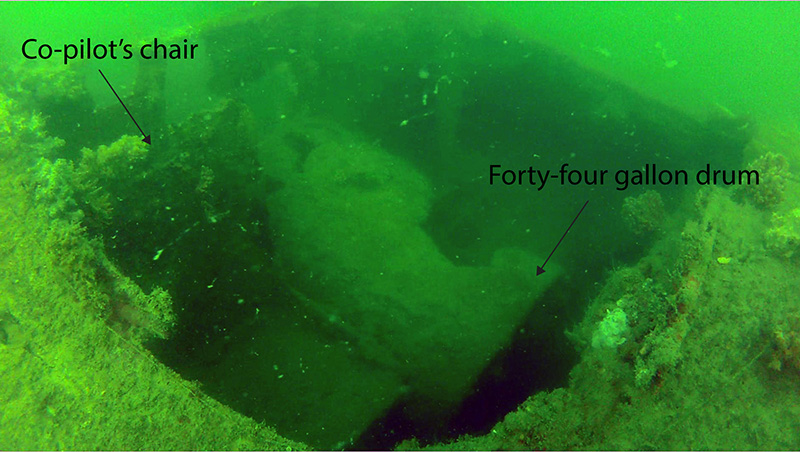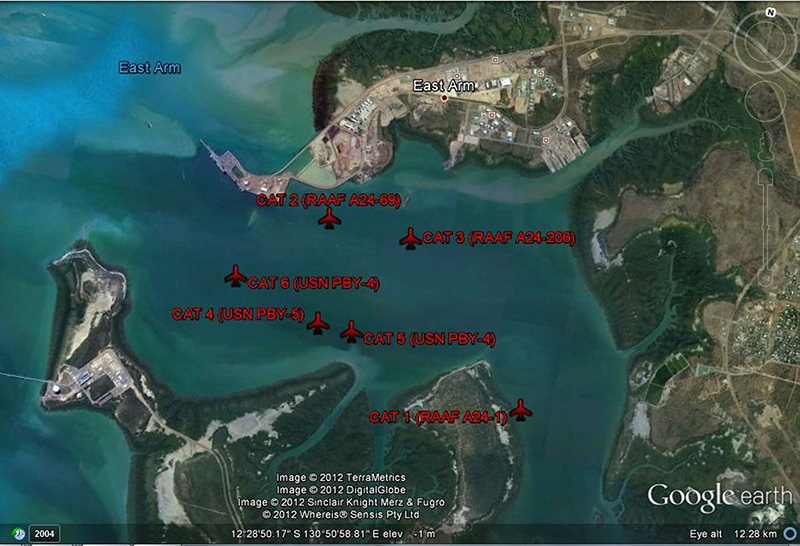INPEX Darwin
Tek Ventures
Location
Date
Archaeology
Cosmos Archaeology played a crucial role in identifying, retrieving and relocating artefacts related to World War II Catalina flying boats, during the development of a significant LNG gas project at East Arm, Darwin. Construction of the INPEX Ichthys LNG Project required certain areas of the harbour to be dredged, however remote sensing detected thousands of possible artefacts which needed to be inspected and raised before works could begin. Approximately 1,077 seabed anomalies were inspected, with 49 yielding significant cultural objects, amounting to a total of 6,897 artefacts. Most dated from World War II, including PBY Catalina and Supermarine Spitfire components. Wreckage associated with the first Japanese air raid on February 28th 1942 was also identified amongst material that had been dumped in the area towards the end of, or after the war. A total of 506 objects were wrapped, tagged and their new locations mapped in a grid system to allow for retrieval in the future. Cosmos Archaeology prepared an inventory of all raised objects and their significance, as well as a database recording all sites, inspections and artefacts.
Between December 2012 and April 2015, Cosmos Archaeology conducted 33 monitoring inspections of the six World War II-era Catalina wreck sites. Though the wrecks were beyond the dredging footprint, potential dredge-related threats were identified that could have affected the integrity of the sites. The monitoring programme included a baseline survey which recorded sand levels at established datums around the wrecks, as well as video and photographic recording. Our experts also produced archaeological condition reports for the wrecks.
Acknowledgements
Maritime archaeologists involved included Caroline Wilby, Cosmos Coroneos, Amer Khan, Andy Dodd, Britt Burton, Dan Tuck, Darren Cooper, David Nutley, Dr James Hunter III, Jason Raupp, Kevin Edwards, Matt Carter, Peta Knott, Rob McKinnin, Silvano Jung and Stirling Smith.
Vicki Richards and Jon Carpenter from the Conservation Department at the Western Australian Museum were involved in the Catalina monitoring inspections.
